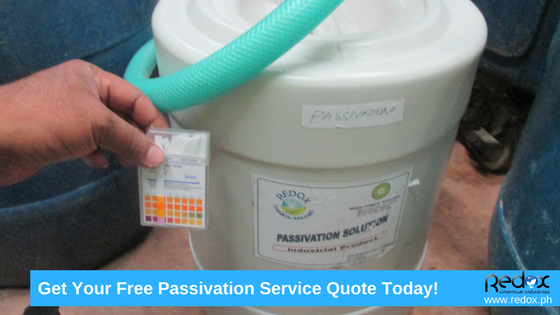The neutralization of process water is a crucial move in a conventional wastewater treatment process. Due to it being a key chemical element of wastewater, the pH directly influences the treatability of wastewater, regardless of whether said treatment is biological or chemical.

Importance of pH Neutralization Before Wastewater Treatment Disposal
With pH such a vital component of wastewater structure, it goes without saying that it’s also crucial to its treatment.
Wastewater treatment typically entails the removal of organic compounds and/or heavy metals from the discharge streams. The addition of base or acidic chemicals to adjust pH value is a crucial part of any wastewater treatment process. These chemicals let the dissolved waste material to be removed from water during the process.
Water is made up of a negatively charged hydroxide ion and a positively charged hydrogen ion. Neutral water has an equal balance of hydroxide and hydrogen ions. There’s a higher concentration of positive hydrogen ions in acidic water (pH<7) while basic water (pH>7) has more negative hydroxide ions.


Heavy metals and other toxic minerals can be removed from water by chemically adjusting its pH level. Metal and various contaminants usually disintegrate and won’t settle out in most wastewater or runoff. By raising the pH level, the metal ions that are positively charged will create bonds with the negatively charged hydroxide ions. This results in an insoluble, dense, metal molecules that can either be filtered out manually via a filter press or by settling out of wastewater over time.
An acidic pH will find the excess of metal ions and positive hydrogen floating and having nothing to bond with. This means these molecules will never settle. With a neutral pH, the hydrogen ions bond with hydroxide ions to create water while the metal ions remain. Meanwhile, excess hydroxide ions in a basic pH will bond with metal ions to develop metal hydroxides that can be removed through settling or filtering.
Aside from the previously mentioned treatment, water’s pH can be utilized to kill the bacteria in runoffs or wastewater. The majority of the bacteria and organic matter we are in contact with are optimally suited to a basic or neutral environment. The excess hydrogen ions in an acidic pH will begin to develop bonds and break down cells, either slowing growth or killing them. Once a cycle of wastewater treatment is over, the pH level must be neutralized by the use of chemicals. Otherwise, it will continue to damage the living cells it comes into contact with.

Steps Needed to Control pH
The primary consideration here is to identify the impurities or pollutants that are actually in the wastewater. Once the parameters have been identified, the next step is to compute the starting and ending pH values as well as decide on the particular treatment process to be used. After that, the chemicals appropriate for the treatment would have to be determined.
The choice of chemicals is crucial as they have different reaction times. This has a major effect on the adjustment and control of the pH level. Thus, the contact time or equipment residence is also vital with regards to the chemicals used for wastewater treatment.
